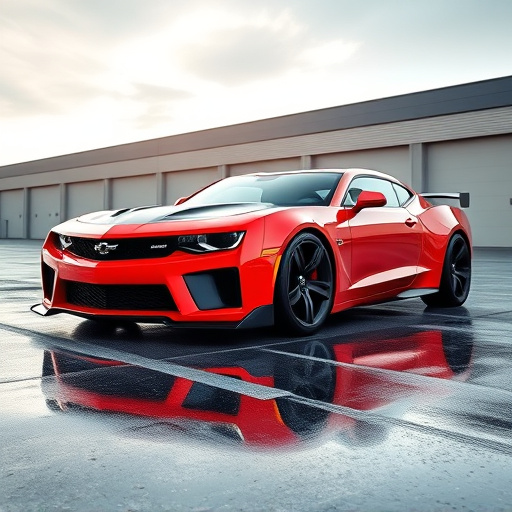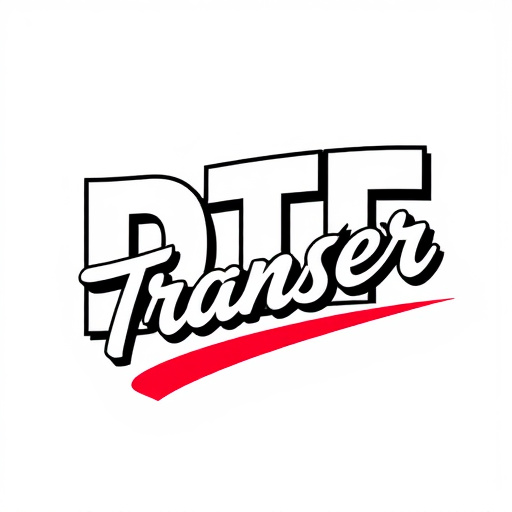High-flow air intake filters are essential for racing success, maximizing airflow efficiency while filtering contaminants to enhance engine performance. Their advanced construction allows for increased air volume intake, leading to improved combustion, power output, acceleration, and top speeds – crucial advantages for navigating race tracks at high speeds. These game-changing filters optimize airflow, ensuring cool, dense air reaches engines' combustion chambers for better fuel burning and overall racing prowess.
In the realm of racing, where every advantage counts, understanding the balance between filtration and flow is key. This article explores two critical aspects of engine performance: high-flow air intake filters in racing and the role of filtration in optimal engine performance. Additionally, we delve into flow balance and its impact on enhancing aerodynamics and efficiency. By examining these components, we uncover strategies to maximize power and speed, providing insights essential for both professional racers and enthusiasts.
- Understanding High-Flow Air Intake Filters in Racing
- The Role of Filtration in Optimal Engine Performance
- Flow Balance: Enhancing Aerodynamics and Efficiency
Understanding High-Flow Air Intake Filters in Racing

In the realm of racing, where every advantage can make a difference, understanding high-flow air intake filters is key. These specialized components are designed to optimize engine performance by ensuring a steady and abundant supply of air, crucial for efficient combustion. High-flow air intake filters in racing operate differently from their road-going counterparts, prioritizing maximum airflow over filtration effectiveness. This involves using materials and designs that minimize restrictions, enabling the swift movement of air into the engine, which can lead to enhanced power output and improved throttle response.
The challenge lies in balancing this high flow with the need for clean air. Racing filters employ advanced media and structures to capture fine particles without impeding airflow significantly. This delicate balance ensures that while the filter allows maximum air volume, it also maintains the required level of air quality, preventing debris from entering the engine and potentially causing damage. Thus, high-flow air intake filters in racing represent a fine tuning of technology, merging flow efficiency with filtration precision to deliver optimal performance on the track.
The Role of Filtration in Optimal Engine Performance

In the quest for optimal engine performance, especially in racing applications, high-flow air intake filters play a pivotal role. These specialized filters are designed to enhance airflow efficiency while keeping contaminants at bay. By allowing a greater volume of clean air into the engine, they facilitate improved combustion and power output. This is particularly crucial in racing cars where every advantage can make a significant difference in speed and handling.
High-flow air intake filters differ from standard filters in their construction and media, often employing more open designs and advanced materials. This allows for greater airflow while still maintaining efficiency in debris capture. The result is an engine that breathes easier, leading to increased horsepower and torque—essential attributes for achieving quicker acceleration and top speeds on the race track.
Flow Balance: Enhancing Aerodynamics and Efficiency

In the realm of racing, where every advantage counts, flow balance plays a pivotal role in enhancing performance. High-flow air intake filters are a key component in achieving this balance. These specialized filters are designed to optimize airflow into an engine, ensuring that the right amount of cool, dense air reaches the combustion chamber. By maximizing airflow, these filters contribute to improved engine efficiency and power output, giving racers an edge on the track.
The impact of flow balance is particularly evident in high-performance vehicles. When a car’s engine breathes easier, it can burn fuel more efficiently, leading to better acceleration and top speed. Moreover, proper air intake filtration reduces restrictions, enabling smoother and faster airflow, which directly translates to enhanced aerodynamic performance. This, in turn, contributes to better handling and overall vehicle stability, crucial for navigating tight corners at high speeds.
In conclusion, both high-flow air intake filters and flow balance play pivotal roles in enhancing engine performance for racing applications. While high-flow air intake filters ensure optimal filtration without restricting airflow, maintaining a balanced flow becomes crucial for achieving peak aerodynamics and efficiency. By understanding the interplay between these two aspects, race car engineers can fine-tune their vehicles for superior speed and reliability.














